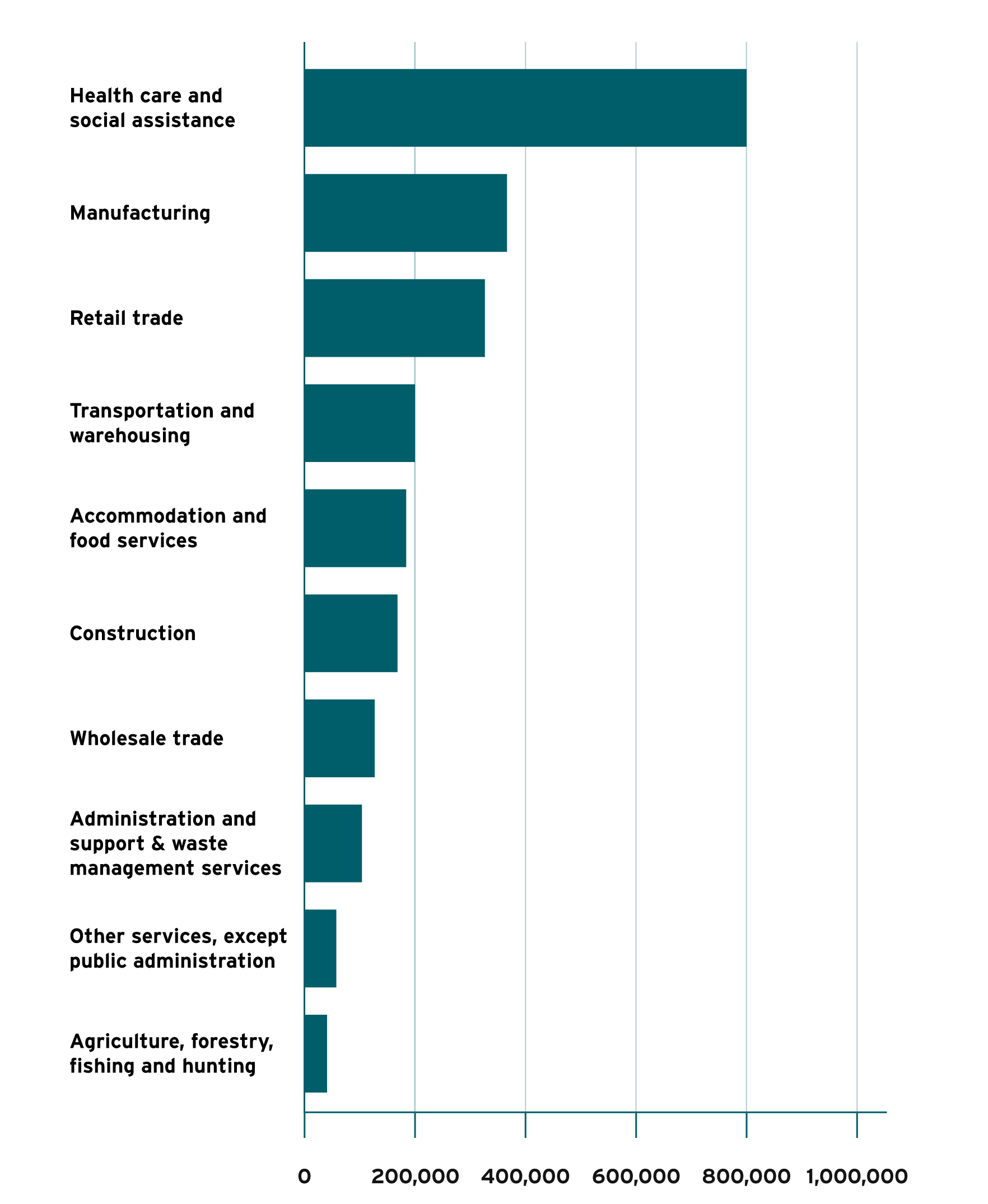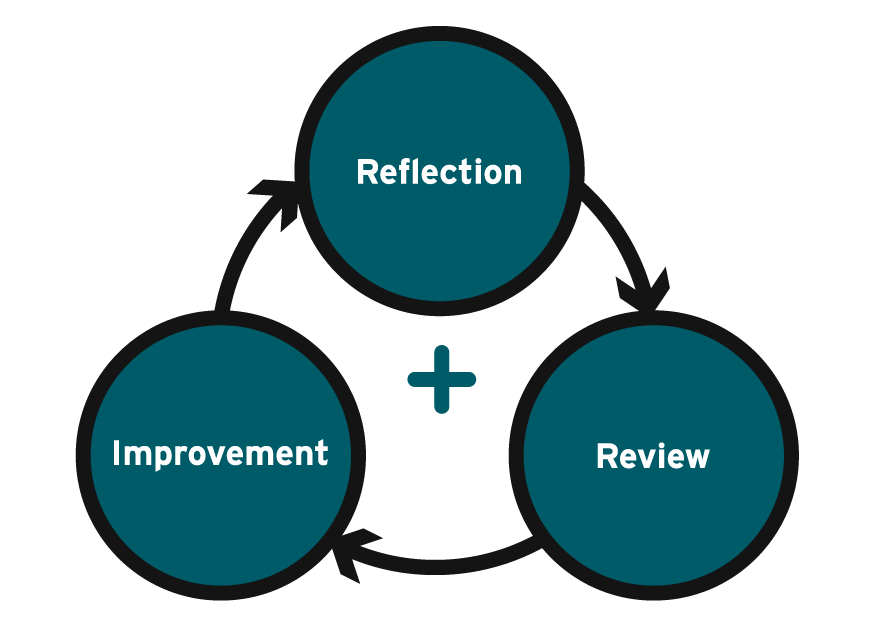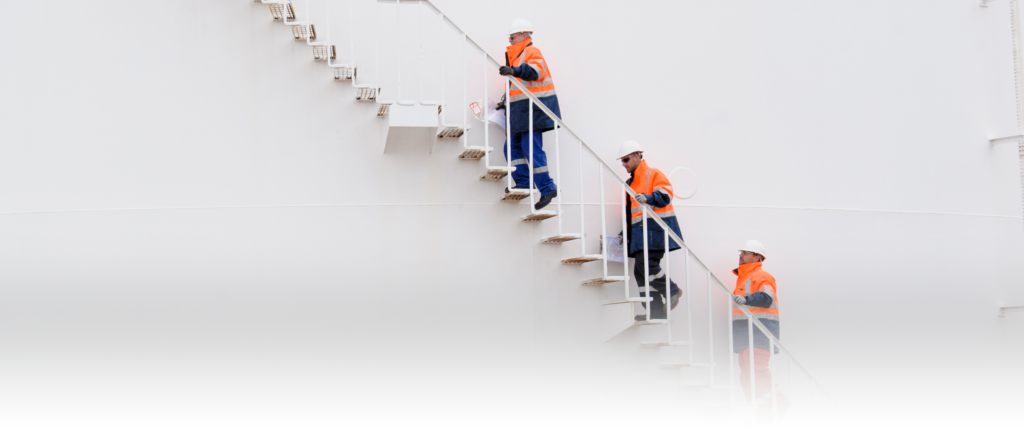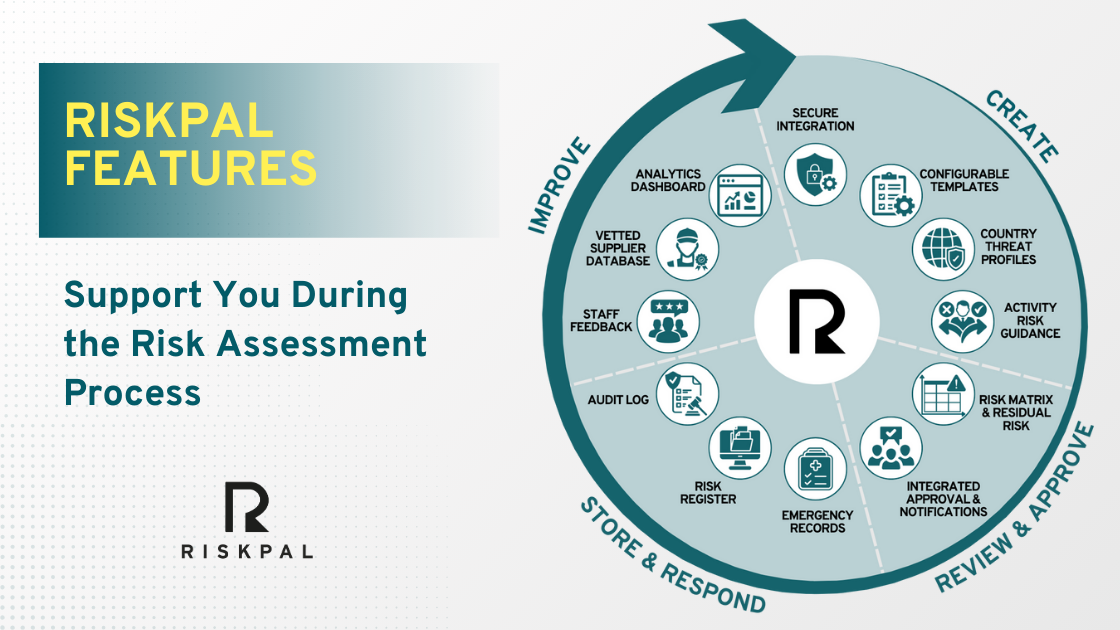What is a risk assessment?
If you are wondering “what is a risk assessment?” or “do I need to write one?”, we are here to help clarify some questions you might have.
A risk assessment is a methodological approach to identifying foreseeable hazards and reduce them by putting in place a control measure. In many countries, a risk assessment is a legal requirement. In the UK, the Health and Safety Executive mandates that all employers and self-employed individuals must carry out a risk assessment on work environments and processes. For organisations with more than 5 people in employment, an official recording of the assessment is required.
In addition to legal requirements, risk assessments also make good business sense. Employers often use risk assessment systems for the following reasons:
- They prioritise the wellbeing of their people and want to ensure no harm comes to their employees and contractors.
- They aim to reduce the high costs of managing a high rate of injuries and fatalities. Sick pay and compensation costs can run into the millions. Not to mention low morale in a vulnerable workforce.
- Insurance is increasingly dependent on having a robust assessment process in place.
- And for reducing legal costs and punitive legislative risks. Dealing with the fall out of an injury/fatality can result in huge legal costs and if found negligent – fines. In some countries such as the UK, if the management is found negligent in their safety responsibility they can face charges of gross negligent manslaughter.
Did you know: In 2021, 1.7 million workers suffered work-related ill health in the UK. While in the US, 2.7 million workers experienced non-fatal injuries in 2020 and 4764 workers were killed. The need for robust risk assessment and hazard reduction is clear.
Number of nonfatal injuries and illnesses 2020

See the full study: https://www.bls.gov/opub/ted/2022/a-look-at-workplace-deaths-injuries-and-illnesses-on-workers-memorial-day.htm
To reduce risks in your workplace and get the most out of your risk assessment process, it should incorporate the following steps:
- Analysing the hazards to determine the risk level.
- Establishing who/what is at risk of harm.
- Putting precautions in place based on best practice and ingenuity.
- Reassessing the level of hazard after introduction of the precautions to ensure it is now acceptable to proceed.
- Communicating the risks and mitigations to all involved.
After the activity or the initial assessment, it is essential to reflect and review to ensure best practices are continued. This can be achieved by conducting an “after actions review”; this process allows you to reflect and guarantee any lessons learned are incorporated into behaviours moving forward. In the result of an accident, incident, or ill health event it is essential that the risk assessment is reviewed; this will highlight if something was ill-considered, missed, or inaccurate.

How RiskPal can support you?
RiskPal is a platform that will transform your risk assessments. The user friendly and accessible portal allows you to create personalised risk assessments that fit your needs. Its smart design and varied features professionalise your risk management and ensure corporate compliance.




